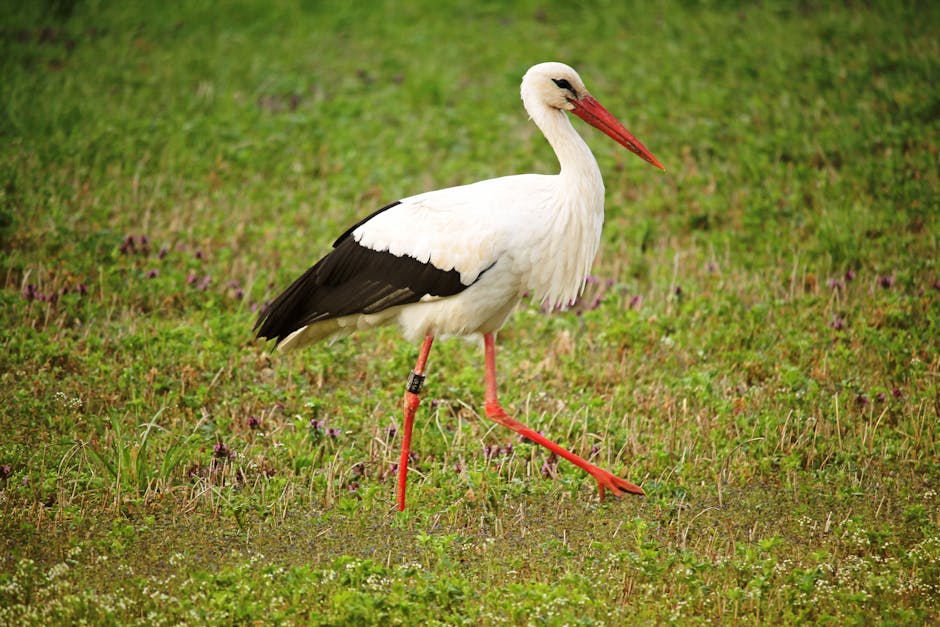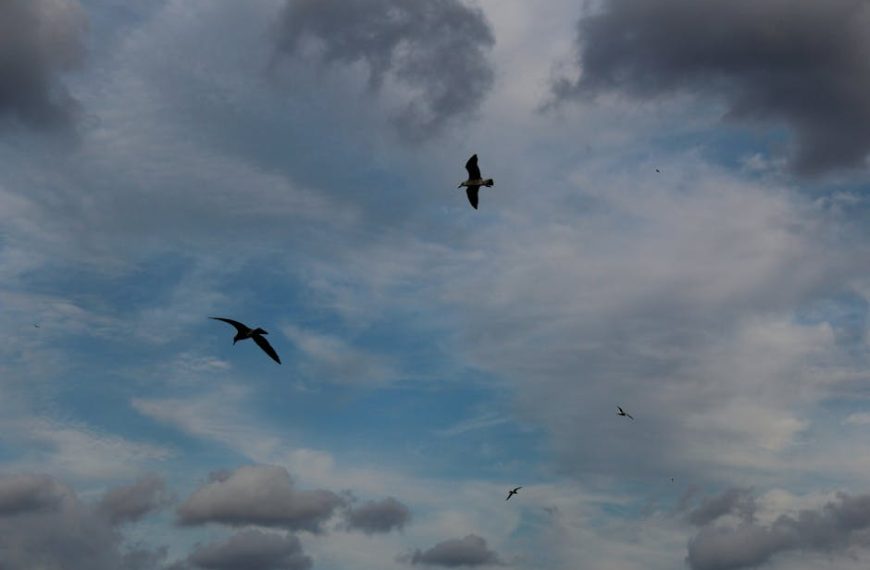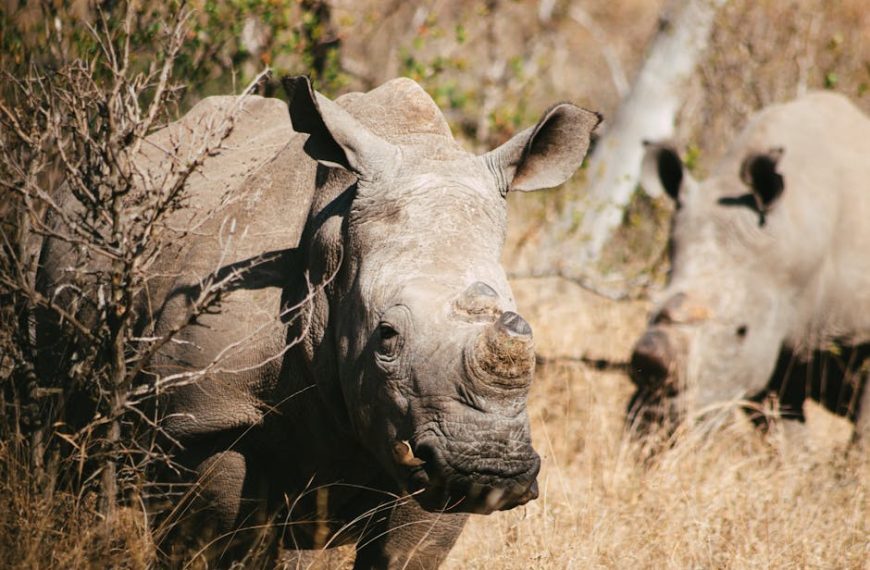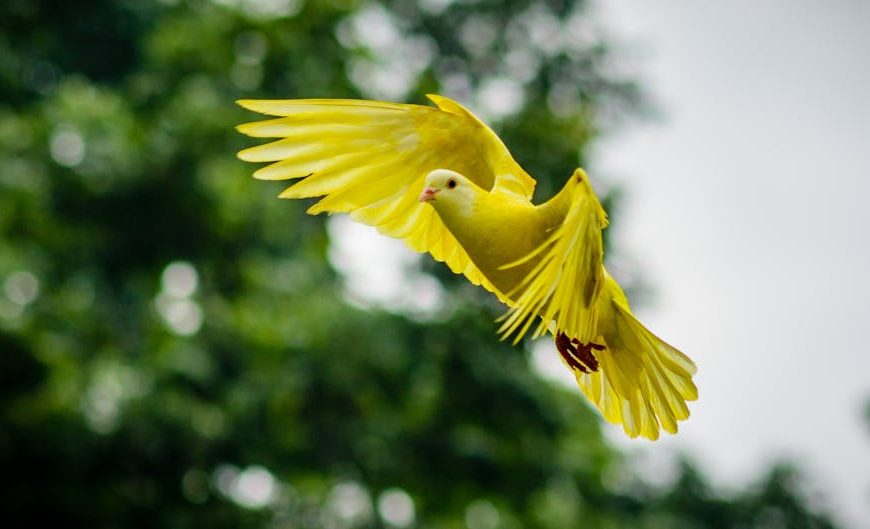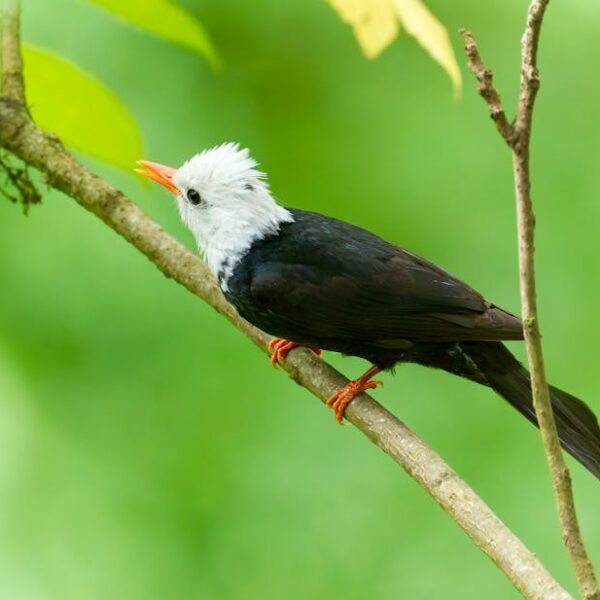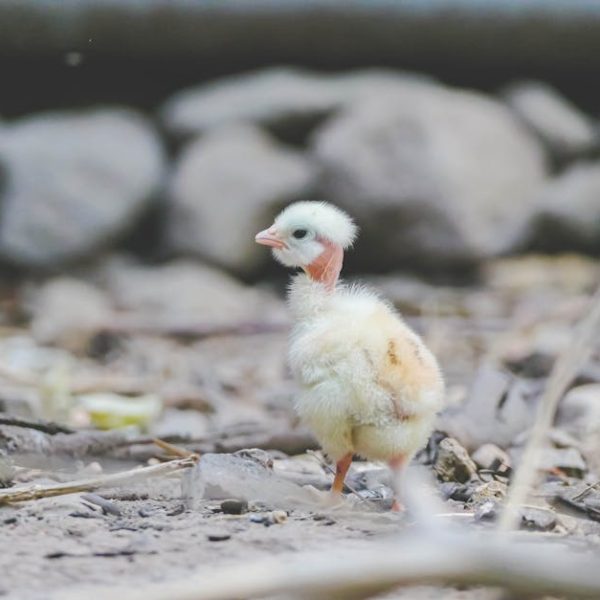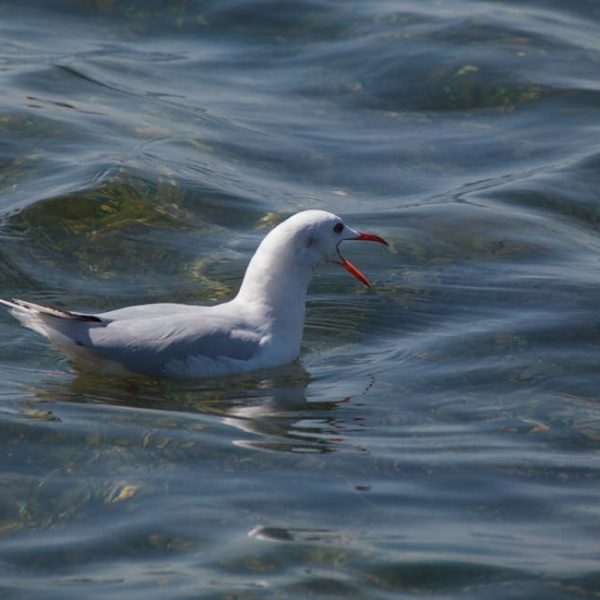Each year, a spectacle of wonder unfolds before our very eyes. Millions of birds fill the sky, migrating from colder regions to warmer lands as seasons change. Birds do not undertake this massive commute aimlessly or randomly; they follow specific migration patterns, often referred to as the Great Circle.
This circular route is a masterpiece of evolutionary efficiency, making the most of Earth’s curvature and prevailing wind patterns. This allows birds to conserve their precious energy for the arduous journey. Plus, our feathered friends are guided by an intricate interplay of instinct and environmental cues like temperature changes, diminishing food resources, and even celestial orientations.
Enjoy bird-watching? Here are some pro tips:
- The best times to witness bird migration are during spring and fall when birds are majorly on the move.
- Early morning hours often see the highest bird activity. So, rise and shine!
- Coastal regions and mountain passes often serve as concentration points for avian migration. These can be your go-to spots for tracking their movement.
Now that we’ve covered the basics, remember these key points about bird migration patterns: they are circular, they leverage efficient wind patterns, and they are largely guided by instinct and environmental cues.
Destinations of North American Migratory Birds
North America serves as a summer haven for a multitude of bird species. As winter approaches, these pocket-sized voyagers spread their wings, heading to warmer regions. These include vast realms of South America, tropical Caribbean islands, and the sun-kissed Southern United States.
For instance:
- The Canada Goose braves the long journey to the Southern United States.
- The tiny Ruby-throated Hummingbird embarks on a marathon towards Central and South America.
- Bobolinks flit all the way to grasslands of Argentina.
A closer look at different species reveals fascinating differences in their migratory habits and preferences. While the Warblers traverse thousands of miles to South America, Sparrows primarily stay within North America, moving south but rarely leaving the continent.
African Migratory Birds: Europe to Africa
Turn your gaze towards Europe in the summer, and you may spot Swallows, Cuckoos, and other bird species that call Africa ‘home’ during the winter. Unlike North American birds, these avian travelers have the Mediterranean Sea and the Sahara Desert to cross, a testimony to their immense endurance.
As to why these birds embark on such a daunting journey, it all comes down to resource availability. Europe’s summer abundance serves as the perfect breeding ground while Africa’s winter warmth promises a steady food supply. For birdwatchers keen on these species, remember to pay attention to their flight schedules – these vary depending on species and seasonal changes. Similarly, prepare for migratory birds’ arrivals and departures in Africa to ensure the best viewing opportunities. Bird Winter Havens: Central and South America
Why do migratory birds from North America flock to Central and South America during the winter? The straightforward answer lies in the region’s comforting warmth and abundant food resources. Tropical climates offer a year-long buffet of insects, fruits, and seeds, while the vast array of habitats – from rainforests to grasslands – provide plentiful options for resting and nesting.
Let’s delve into how different regions compare as avian winter hotspots:
| Region | Climate | Main attractions for birds |
|---|---|---|
| Costa Rica | Tropical, year-round warmth | Diverse ecosystems (wetlands, rainforests, mountains), abundant food resources |
| Brazil | Tropical in most regions, temperate in the South | Bounteous fruit trees, large wetlands (Pantanal) |
| Argentina | Moderate in the North, cold in the Patagonia region | Large estuaries (Parana Delta), grasslands, and forests |
Pro birdwatchers, take note: the art of birdwatching in these regions requires you to familiarize yourself with the local habitats and seasonal weather patterns. Using a local bird guide can significantly elevate your birding experience.
Fascinating Cases: Birds That Don’t Migrate
Renegade snowbirds like Chickadees, Jays, and Woodpeckers buck the trend – these species don’t migrate. Instead, they’ve developed survival mechanisms to outlast the winter chill. For instance, Chickadees lower their body temperature to conserve energy, and Woodpeckers stash away food supplies in tree crevices for lean times.
A handy list of these tenacious bird species include:
- Black-capped Chickadee
- Blue Jay
- Downy Woodpecker
- American Goldfinch
- Northern Cardinal
As a bird enthusiast, you can extend a helping hand to these winter regulars. Consider setting up winter-friendly bird feeders with high-fat foods, like suet and peanuts. Providing nesting boxes can also offer them a cozy, sheltered spot away from the harsh wintry winds.
Unveiling these migration mysteries not only allows us to appreciate the marvelous capabilities of our feathered friends but also inspires us to play our part in maintaining the harmonious flow of nature by conserving their habitats.
Key Takeaway:
- Bird migration patterns are centered around the “Great Circle,” a route which maximizes wind patterns and allows birds to conserve energy.
- North American migratory birds often find winter refuge in South America, the Caribbean, and the Southern United States.
- African migratory birds, such as Swallows and Cuckoos, fly between Europe and Africa to take advantage of resource abundance in both regions.
- Central and South America offer conducive climates, abundant food resources, and varied habitats, serving as popular destinations for bird species during winter.
- Some birds, including Chickadees, Jays, and Woodpeckers, adapt and survive the winter without migrating.
Understanding the intricacies of bird migration not only enhances your bird-watching experiences, it also allows you to appreciate these stunning creatures. Recognizing the journeys they undertake to survive can inspire us to ensure their survival by contributing to conservation efforts and being respectful birdwatchers.
FAQs
Q: How do birds know where to migrate?
A: Birds are guided by an interplay of instinct and environmental cues like changes in temperature, food resources, and even celestial orientations.
Q: What challenges do migratory birds face during their journey?
A: Migratory birds may face numerous challenges, including flying long distances, crossing hazardous terrain like seas and deserts, and having to find food and safe spots for resting during their journey.
Q: Can I assist non-migratory birds during winter?
A: Absolutely! Sustaining bird feeders with high-fat foods and providing nesting boxes offer help to these birds during the challenging winter months.
Q: Is bird migration a learned behavior?
A: Bird migration is largely instinctive but it’s often fine-tuned over generations, making it an evolutionarily learned behavior.
Q: Why might some birds choose not to migrate?
A: Some birds stay put during winter due to a variety of factors, including adequate local food resources, adaptation to cold weather, and avoidance of the dangers associated with migration.
We hope this article has enhanced your understanding of bird migration. Feel free to share it with fellow bird lovers and explore more interesting articles on our website.
